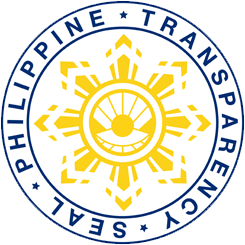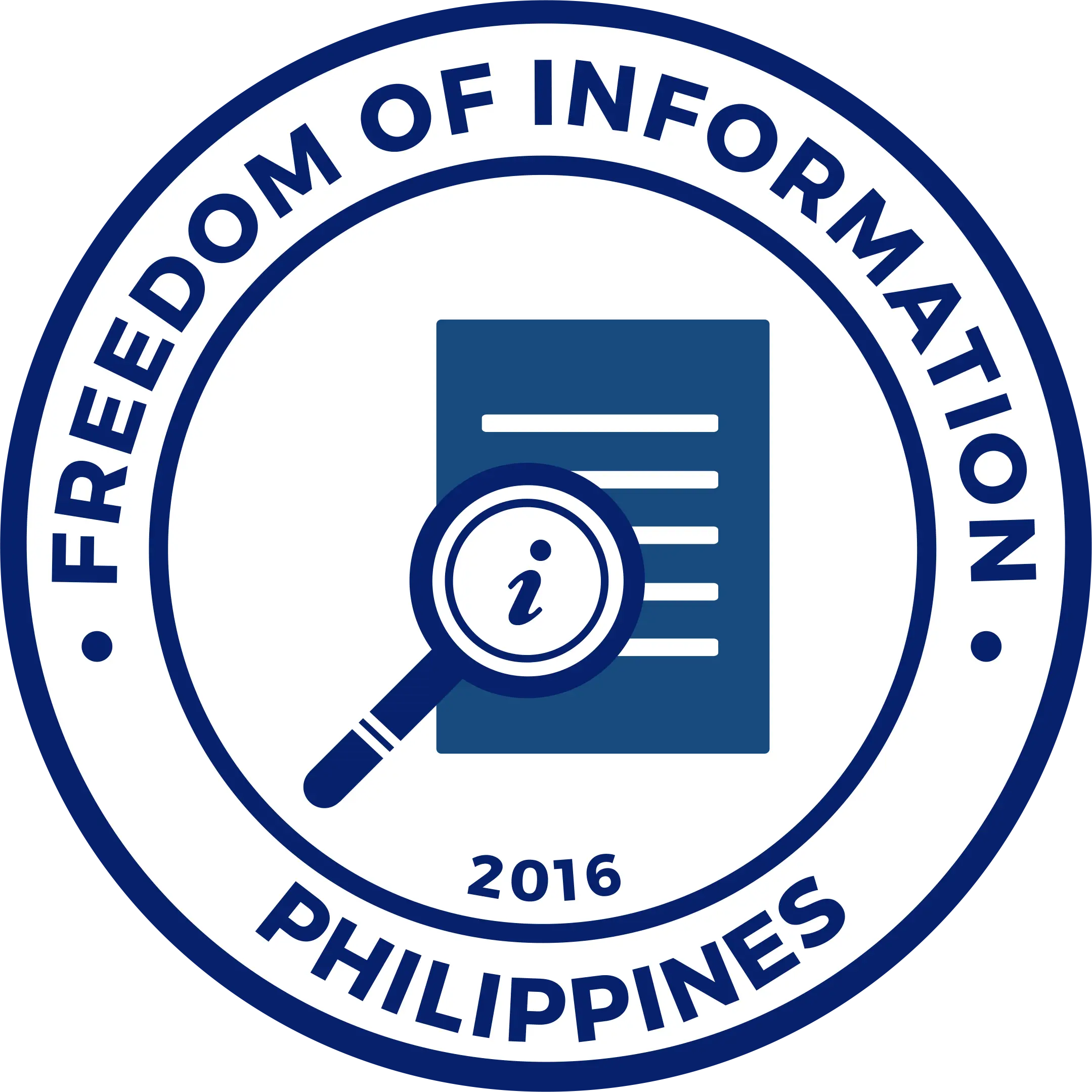Written by the Web Team
The traditional practice of kaingin (slash and burn) can be avoided if certain farm technologies are implemented in upland farming areas, a researcher in a government institute said.
“If there are existing lands that are cleaned through kaingin, farmers may go back there and use new technologies to prevent them from burning many forests,” Dr. Nenita Desamero of the Plant Breeding and Biotechnology Division of the Philippine Rice Research Institute (PhilRice) said.
Kaingin is practiced by upland farmers, especially those in the Cordillera region. It involves the cleaning of an area to be farmed by slashing or removing all types of plants and trees, and burning the uprooted plants. In some cases, the plants and trees are simply burned to clear the area for farming.
This type of practice depletes the nutrients of the soil. So after a kaingin area is farmed, upland farmers search for another area to clear and burn.
To demonstrate to upland farmers the viability of using up-to-date farming technologies, the experimental farm of Dr. Rey Castro, Station Manager of PhilRice Bicol, and his group were showcased during a recent Farmers` Field Day held in Lagangilang, Abra.
The technologies showcased were infield water harvesting system, drip irrigation, use of biocharcoal, use of hedge rows, and use of canals in water harvesting, trapping eroded soil, and breaking the flow of water to mitigate soil erosion and nutrient loss.
One of the problems in upland areas is lack of water because of high elevation.
Castro explained that biochar, with its high water-holding capacity, may be incorporated in the soil as they did in their experimental farm. It is also good for sandy soils that easily lose water. He further explained that biochar is high in organic matter that improves the soil.
“We do not encourage, though, for farmers to cut and burn trees to get charcoal. There are many other alternative sources of charcoal like rice straw,” he said.
Infield water harvesting system, which is a novel way of harvesting rainwater in drought-prone areas, can also be used by upland farmers.
Other than solving the problem of limited water supply in the uplands, other technologies can be integrated by farmers. For example, hedge rows like marigold, cow peas, and cassava can be used.
“Because of the sloping areas in upland farms, soil erosion is common. Hedge rows will reduce, if not prevent, this to happen,” Castro said.
Hedge rows break the velocity of the wind to lessen its effects on rice crops. Its foliage can also be used as compost, and its produce can give additional income.
Cover crops, like camote, can also be planted to minimize the direct force of rain to the soil, which in effect prevents erosion.
Desamero explained that with various technologies available, it is no longer impossible for upland farms to be achieve sustainable production.
“The challenge now is to bring these technologies to the people of Abra,” Dr. Noel Bignalen of Abra State Institute of Sciences and Technology, the host for the project, said.
He also said that they look forward to adopting a municipality, not only a barangay as they used to, in promoting various farming technologies.
Bignalen also emphasized the need to increase rice production in some areas in Abra, citing the situation in the municipality of Tineg where people need to get rice from other municipalities.
“The use of these technologies will lead to food security and rice self-sufficiency. We hope that it will be presented to the communities through their LGUs, and PhilRice can assist,” Desamero said.
On the part of the farmers, they said they are hoping that more confabs will be conducted for them, so they can gain more knowledge on rice planting technologies.




